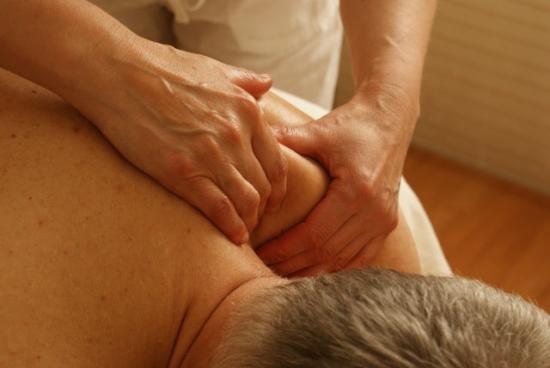In the past decade, some in the medical community have come to endorse alternative forms of medical practice such as reiki, acupuncture, and even scientifically dubious practices like energy healing. For hospitals, alternative medicine has become a distinguishing and sellable feature set that is helping to prop up their revenue. However, insurance has been slow to cover these services, some of which don’t have any scientific backing.
But insurers are slowly becoming more willing to pay for some of the longer-established alternative medicines such as meditation, chiropractic care, and acupuncture, which recent studies show can help with chronic pain management. As regulators and health systems move to reduce opioid prescriptions, health insurers are giving these treatments a second look.
The latest support for alternative medicine comes from the Center for Medicare and Medicaid Services (CMS). Last month, the nation’s largest healthcare payer expanded its coverage to include acupuncture for lower back pain. CMS will cover up to 12 sessions taken over the course of 90 days with the potential for eight additional sessions if the patient shows improvement. However, since acupuncturists are not recognized by CMS and cannot bill for services, acupuncture work must be done by a trained nurse practitioner, physician, or physicians assistant within a traditional doctors’ office. Still, the move illustrates a willingness by one of the most scrutinous payers in the country to find value in methods that it previously treated skeptically.
CMS isn’t the only payer newly considering alternative forms of pain relief. In November 2019, UnitedHealthcare expanded its chiropractic coverage with a new lower back pain offering. Patients with access to the new plan pay $0 out of pocket when they treat lower back pain with physical therapy or chiropractic care. According to its own internal analysis, UnitedHealthcare estimates that in the next year it will reduce spinal surgeries by 21% and use of opioids for lower back pain by 19% through this plan. There are currently 30,000 chiropractors in its network.
The company is also investing in acupuncture, yoga therapy, massage, and nutrition counseling. “UnitedHealthcare has a very thorough process for evaluating healthcare professionals and reviewing published literature related to new and emerging treatments and technologies, including holistic healthcare methods,” says David Elton, who is in charge of strategy around delivering chiropractic care, sports medicine, and physical therapy at UnitedHealth Group Ventures, UnitedHealthcare’s venture arm. Among UnitedHealthcare’s research is a study that showed patients were far less likely to use opioids for lower back pain management if the initial care they received was through a chiropractor or physical therapist as opposed to a primary care physician.
Less Pain, Fewer Tests and Pills
CMS and UnitedHealthcare’s moves come nearly two years after the American College of Physicians issued guidance that says low back pain should be treated with acupuncture, chiropractic care, and massage before anything else. “Physicians should avoid prescribing unnecessary tests and costly and potentially harmful drugs, especially narcotics, for these patients,” said Nitin S. Damle, president of the American College of Physicians, at the time the guidance was issued.
Much of the interest in ho





















